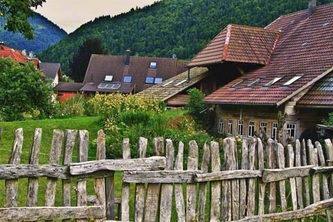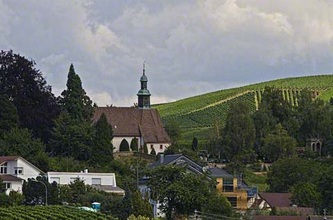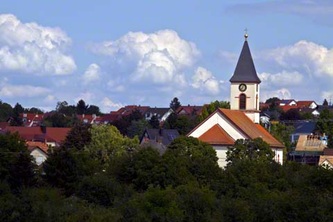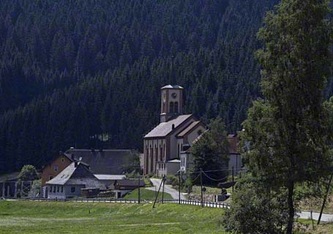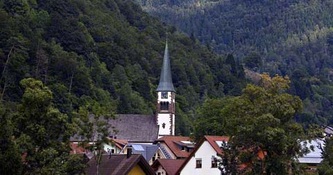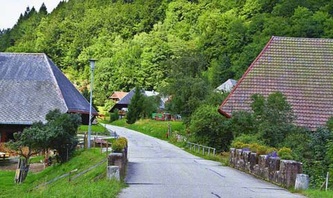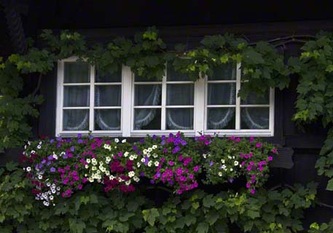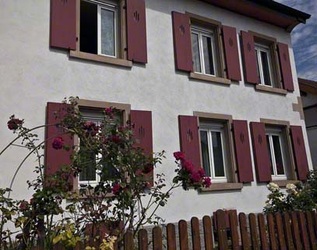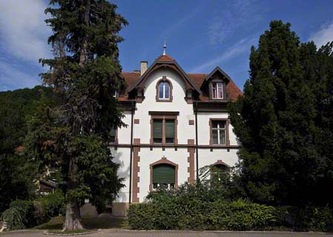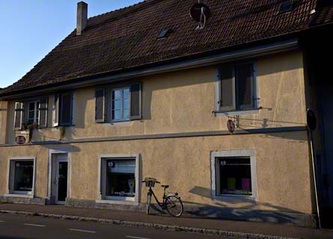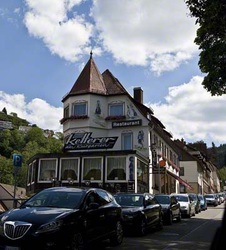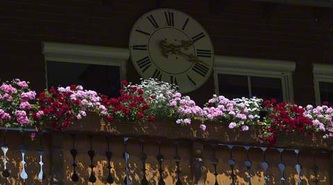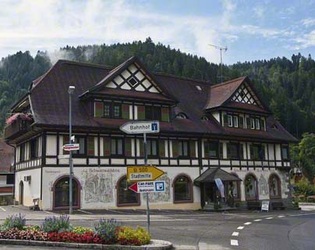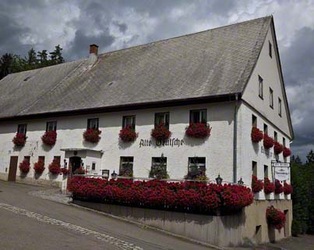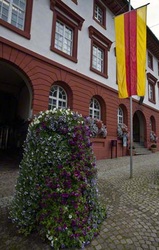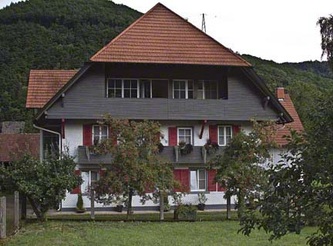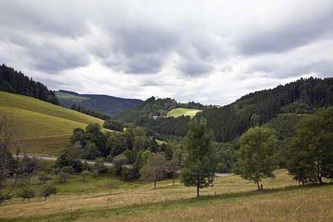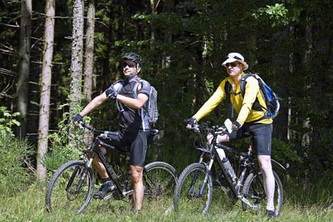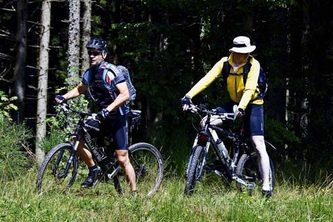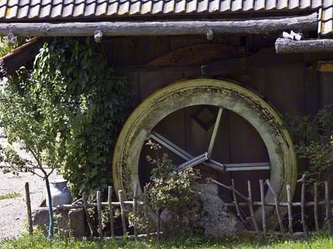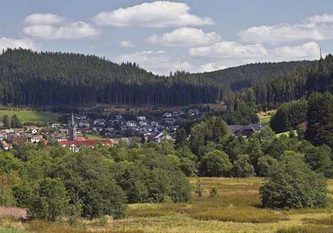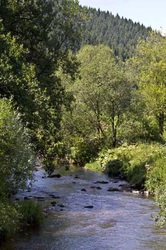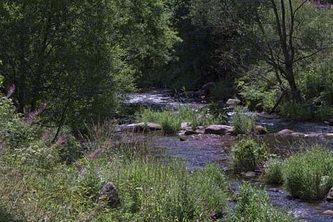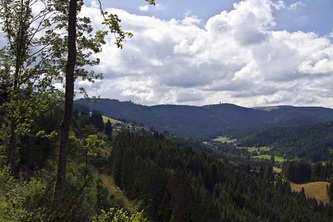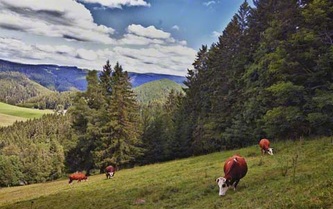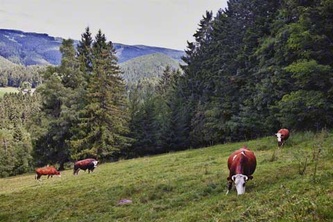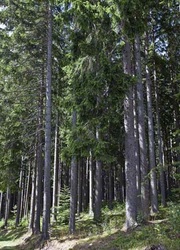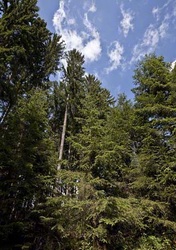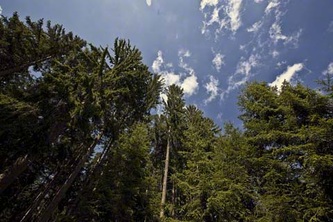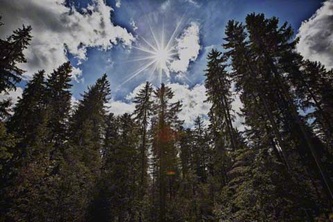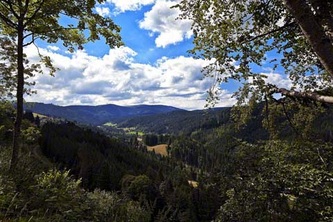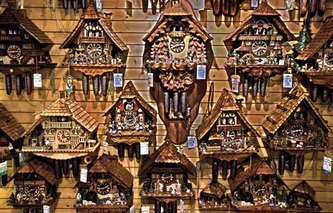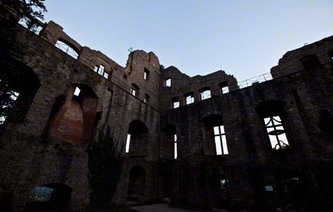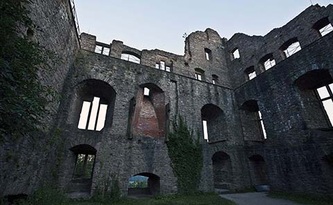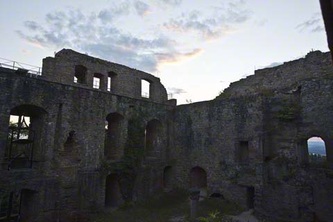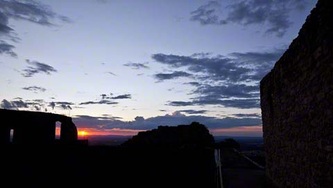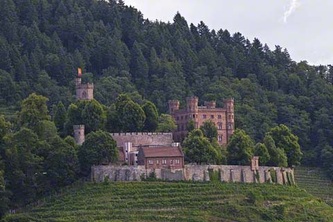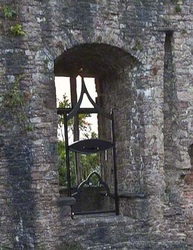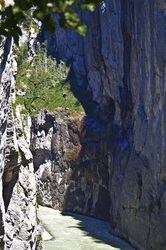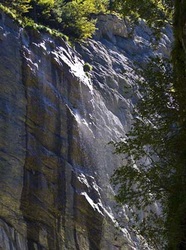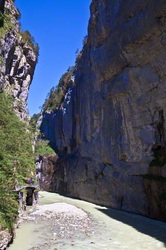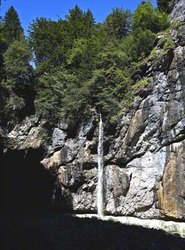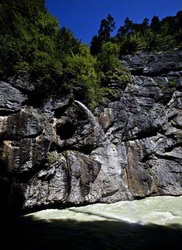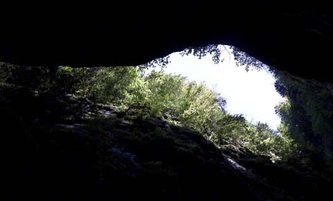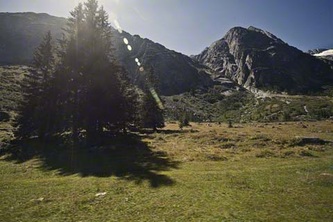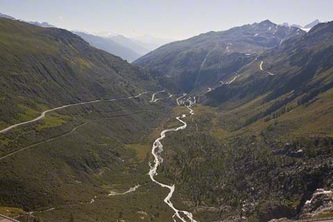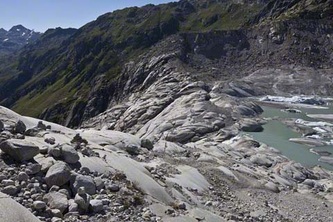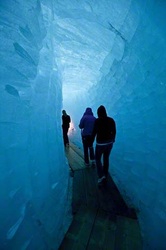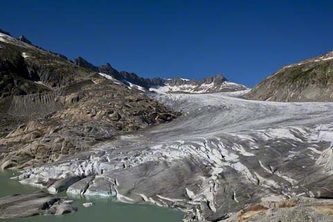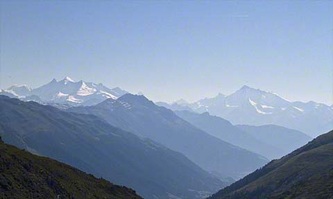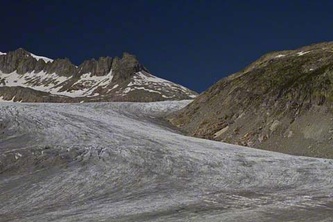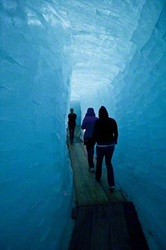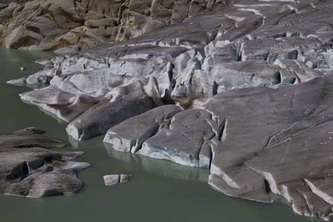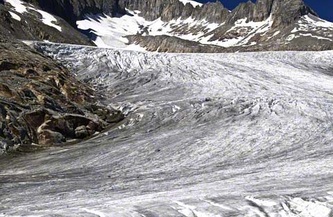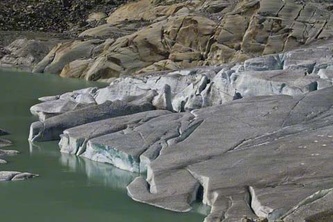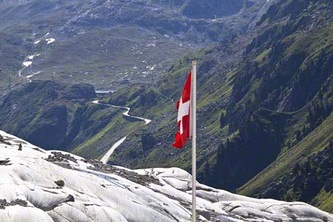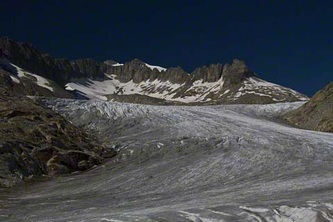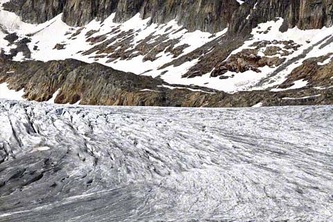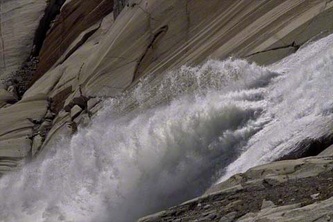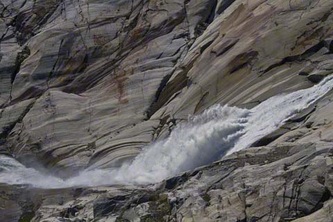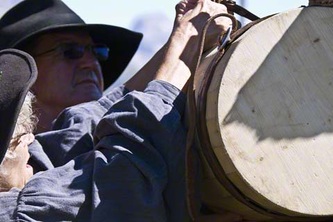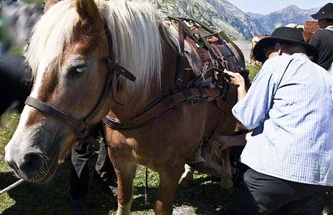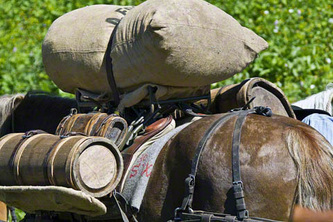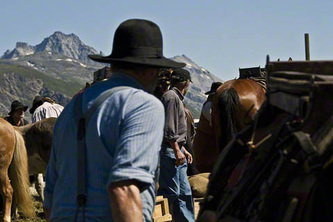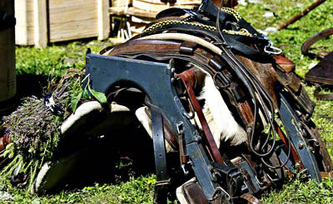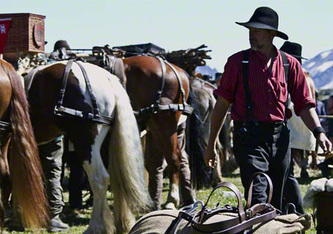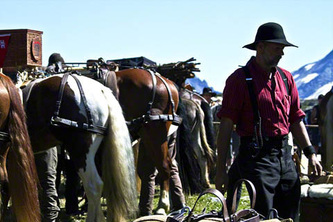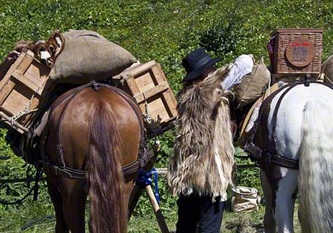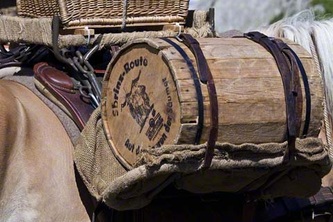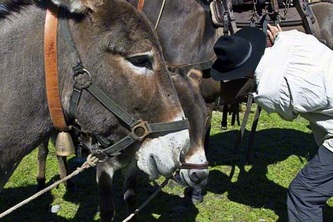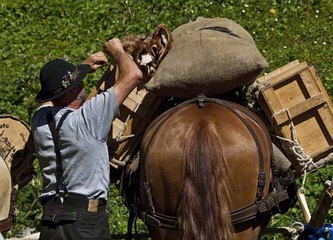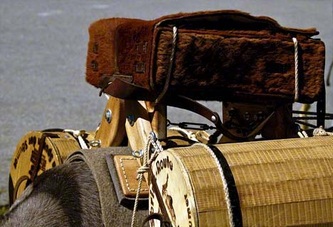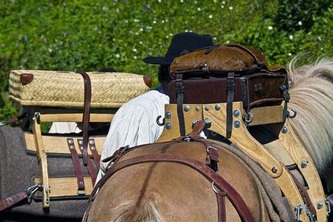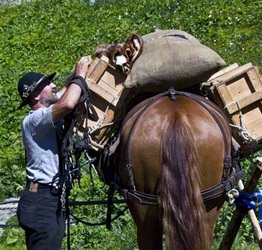World 2: Southwest Germany, Black Forest; and Swiss Alps
Photo Gallery
NOTE: This page provides additional work, and links to additional work by the photographer. Peruse this work at your own pace and discretion. Additional pages in subdirectory.
Wait for pictures to load. Click an image to enlarge, see caption and move from one photo to another.
Southwest Germany, Black Forest
The Black Forest (German: Schwarzwald) is a wooded mountain range in Baden-Württemberg, southwestern Germany, bordered by the Rhine valley to the west and south. It is a mountainous terrain, elevation ranging 200 - 1,500 meters above sea level. It is a popular tourist destination for Germans and Swiss and well-known as the center of cuckoo clock production. Also famous for the Black Forest cake.
Next to Bavaria, it is the second largest low mountain range in Germany. The land traditionally has been a patchwork of black pine forests, grasslands and cultivated farmland and picturesque villages.
German Villages
German Houses
Black Forest Landscapes
Black Forest Cuckoo Clocks
Genuine Black Forest Cuckoo Clocks, hand-made and sold locally. This display found in village of Triberg, Germany, once of the centers for Black Forest Cuckoo Clocks.
German Castle Ruins: Baden-Baden and Wertheim
the Hohenbaden Castle, built in 1102, and known to locals as the Altes Schloss (Old Castle). Secret secret dungeons and winding staircases. Its partially still standing great room is quite large. 1th - 15th century, home to to the Margraves of Baden. Among its many features, castle houses Europe's largest wind harp with 120 strings and about four meters high. The soft sound of the harp is deliteful when gentle breezes are present.
Swiss Alps
Bruning Pass (1008 m.) to Bernese Oberland; Aare Gorge with footbridge
over the Brünig Pass (1008m) to the Bernese Oberland
the impressive Aare Gorge. Walk through the gorge on a secure footbridge
Rhone Glacier in the Swiss Alps (2300 m.)
The Rhone Glacier, or sometimes Rhône Glacier (German: Rhonegletscher) is a glacier in the Swiss Alps This glacier extends about five miles in depth, with about two miles visible from its frontal approach.
Samples of ice previously dated the glacier to at least the 17th century. New technology and recently-exposed rocks, however, now result in a dating of at least 11,500 years in age.
Visitors walk through the 100m long blue Ice Tunnel, carved each year for scientific purposes. Visitors may step back like stepping back in time, walking through a passage of ice hidden from view for thousands of years.
Glacial waterfalls.
Fishermen enjoy sunny day at high altitude lake, trying their luck fishing for trout.
Reestablishing Old Trade Route, Switzerland to Italy
Reestablishing Old Trade Route, Switzerland to Italy. Expedition staged in August, 2013.
